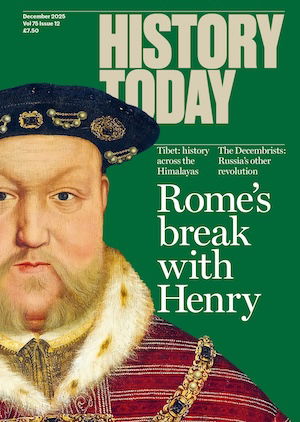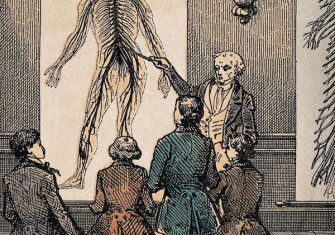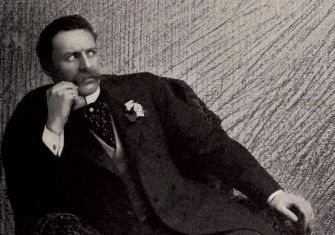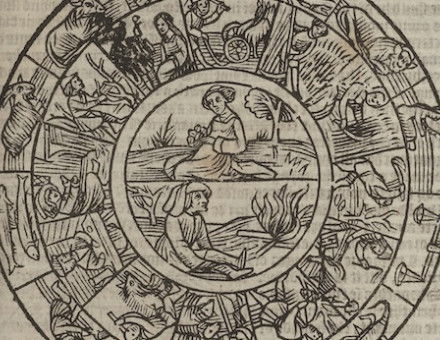Pain Management before Anaesthetics
Surgeons trying to eliminate pain eventually arrived at anaesthesia – but not before a contest with older, more unusual therapies. Why was mesmerism so magnetic?
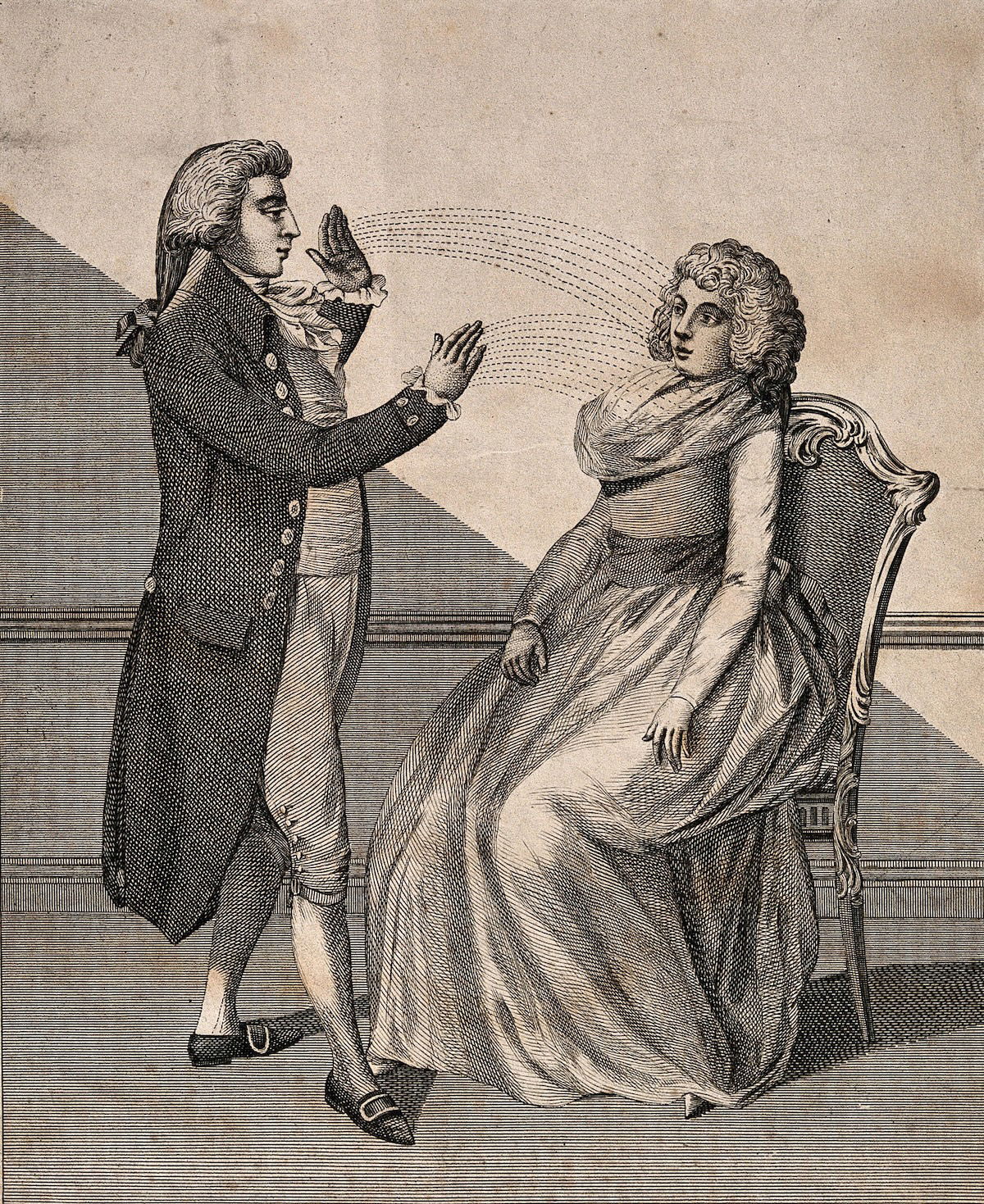
Next time you reach for a bottle of painkillers, reflect on the agonies endured by surgical patients before anaesthetics were introduced in the 1840s. Waxing eloquent, Charles Dickens’ close friend Chauncy Townshend proclaimed:
They who have heard, as I have heard, the dreadful shrieks, the sounds, more resembling the bellowing of a wild animal than the intonation of a human voice … They, and they alone, can appreciate the almost overpowering thankfulness which swells the heart in return for a gift that, in a few moments, causes the shrill cry to sink into a tremulous murmur.
Powerful rhetoric – but, far from extolling the virtues of ether and other chemical knockouts, Townshend was campaigning against them in favour of an older technique: mesmerism, or animal magnetism. He eventually lost the argument – but this was not a straightforward case of a quack gimmick being supplanted by a powerful drug. It was no foregone conclusion that ether would emerge the victor: medical politics and personal rivalries counted as much as scientific facts.

